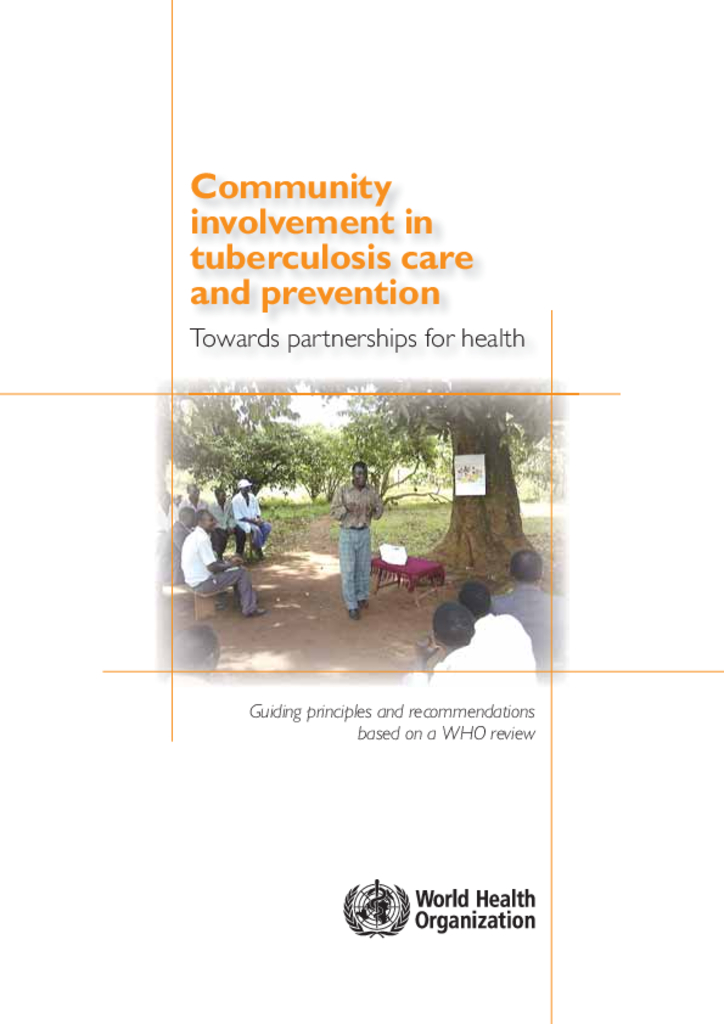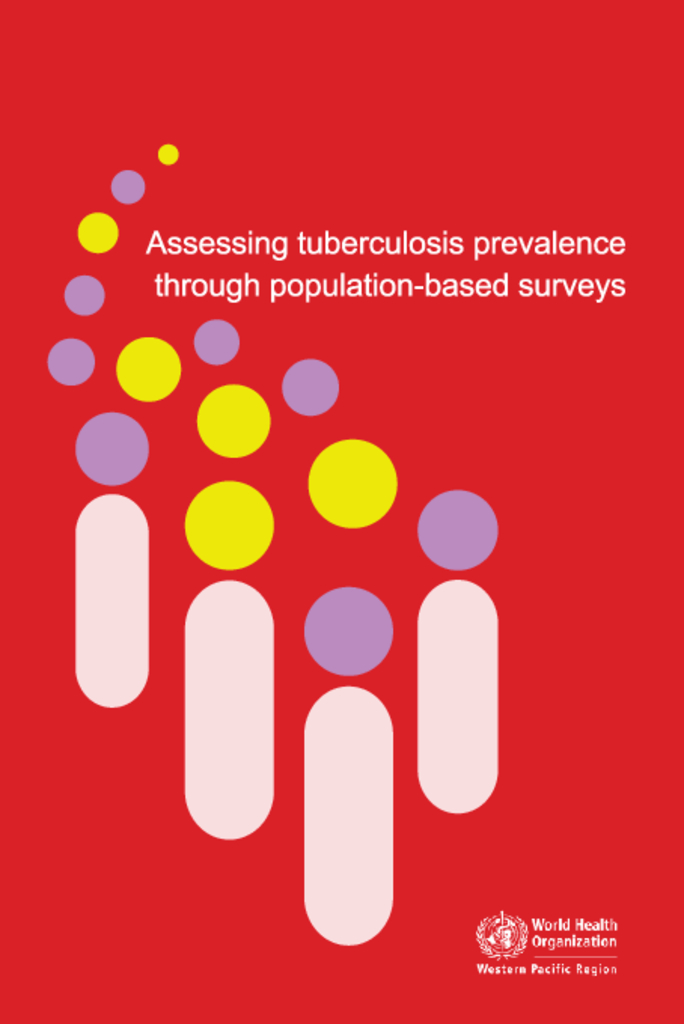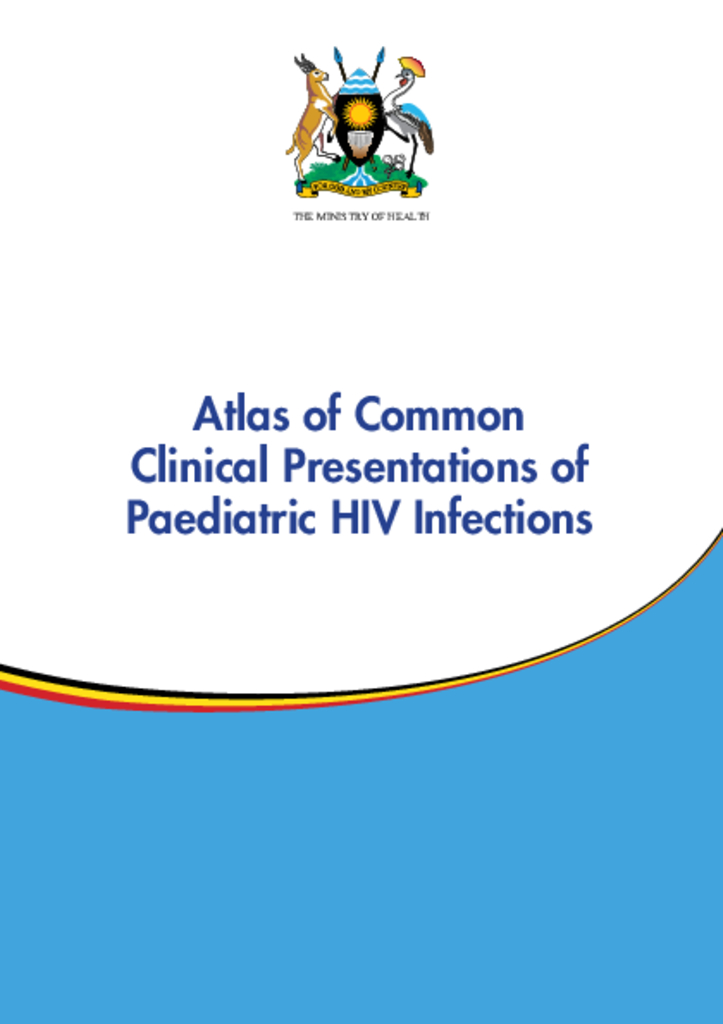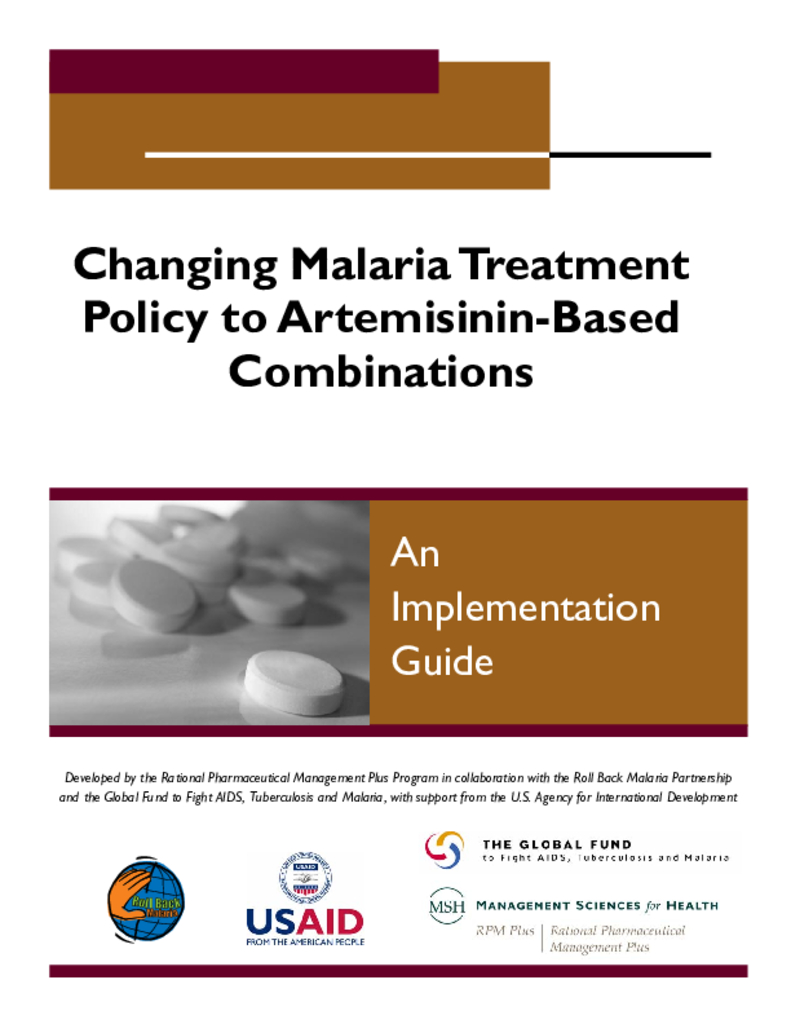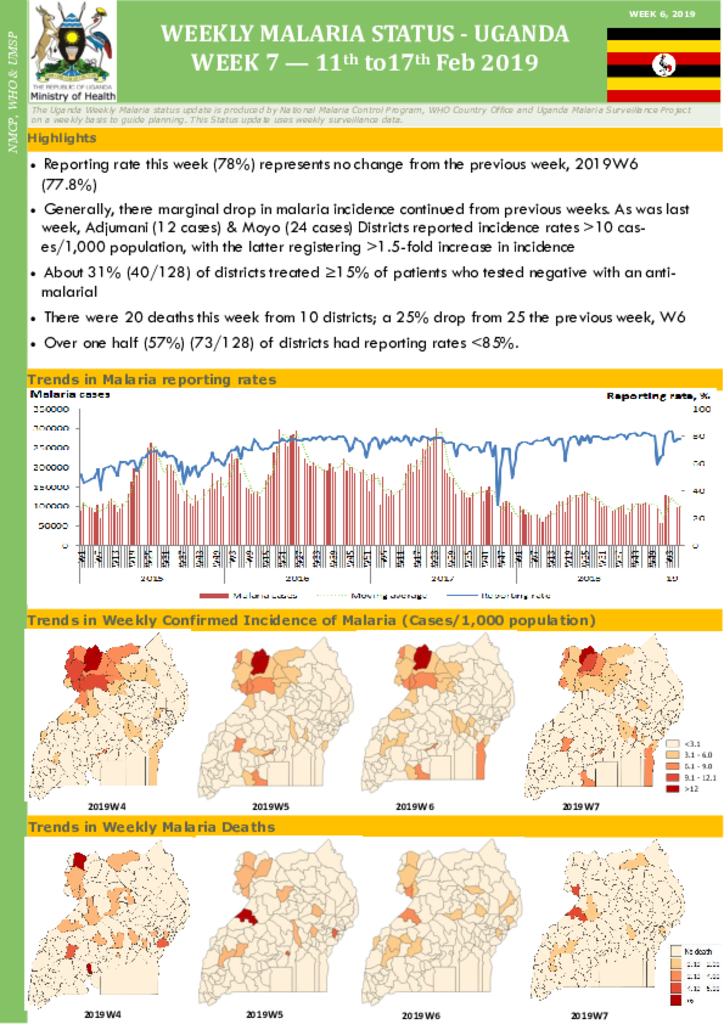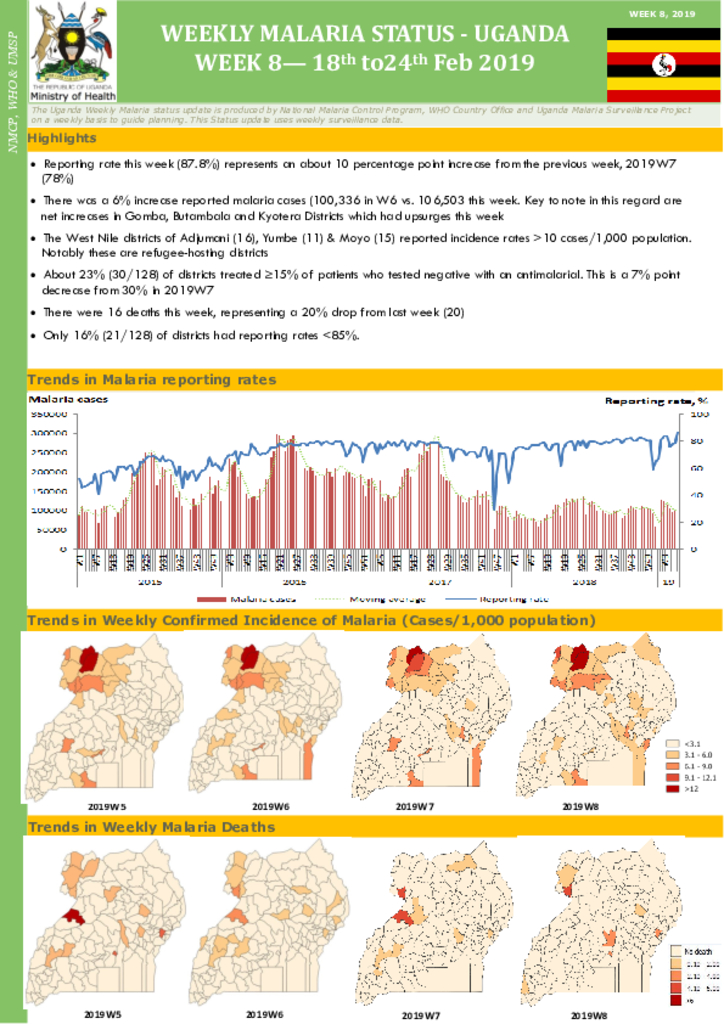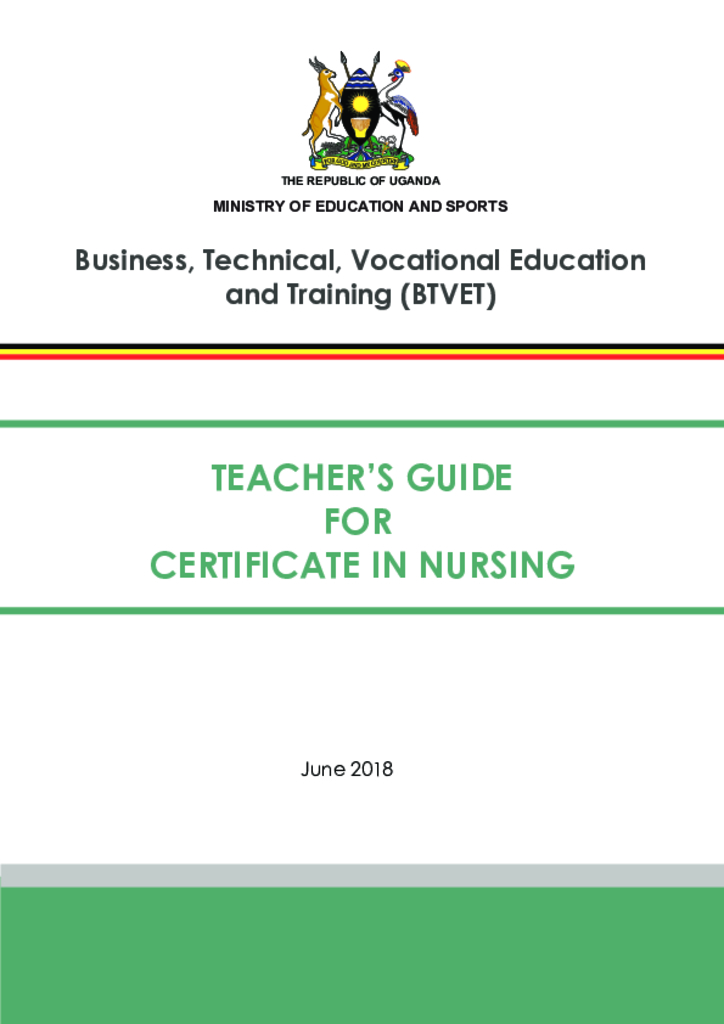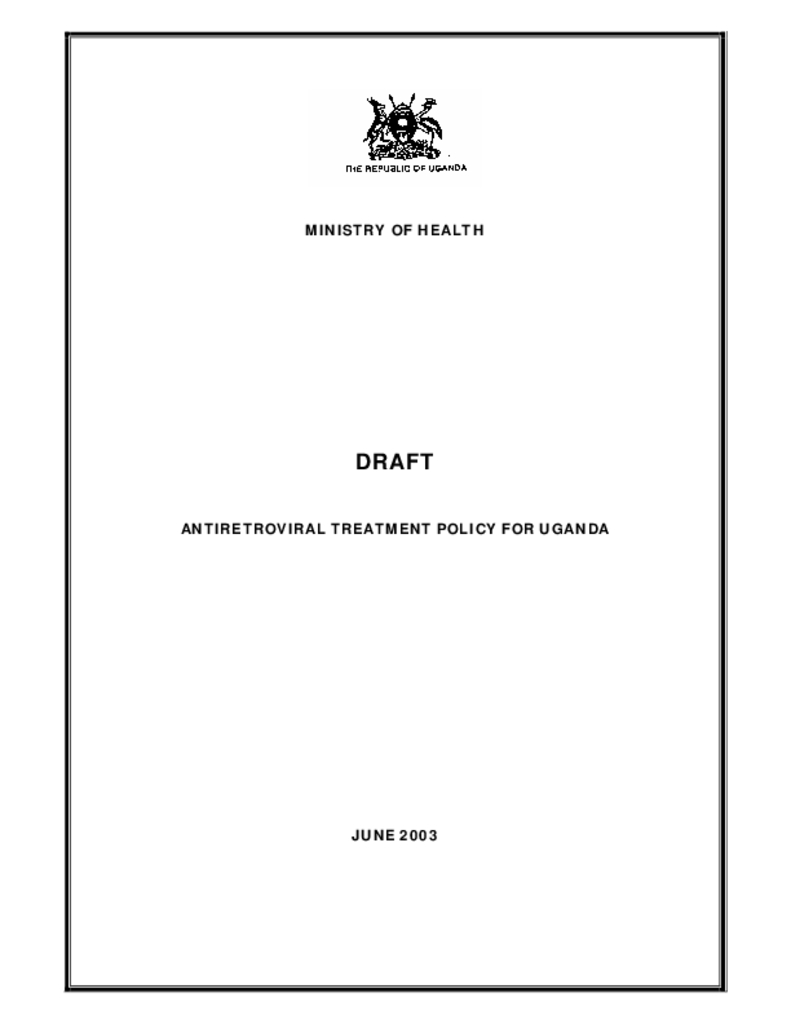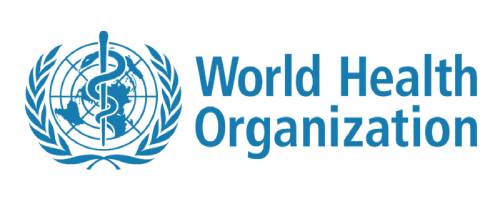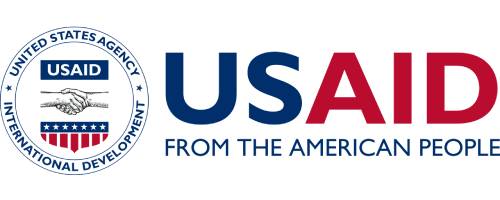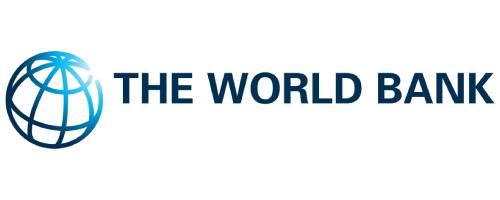A number of cases have been reported in which people living with HIV have been criminally charged for a variety of acts that transmit HIV or risk transmission. In some cases, criminal charges have been laid for conduct that is merely perceived as risking transmission, sometimes with very harsh penalties imposed. Some jurisdictions have moved to enact or amend legislation specifically to address such conduct. The issue has also received public and academic commentary
Uganda is faced with frequent outbreaks of emerging diseases and high burden of other endemic conditions, including cholera, all of which require dedicated resources for their prevention and control. However, like many developing countries, Uganda is resource constrained, has an inadequate health development budget, and limited access to life saving technologies implying that efficient and maximized use of the available resources is paramount. Cholera remains a major public health threat, leading to many cases and deaths annually in Uganda. The country reports an average of 1,850 cholera cases and 45 deaths annually. The districts of Nebbi, Hoima, Buliisa, and Mbale contributed to 60% of all reported cholera cases between 2011-2016.
Diabetes triples the risk of developing tuberculosis (TB). Consequently, rates of TB are higher in people with diabetes than in the general population, and diabetes is a common comorbidity in people with TB. Diabetes can worsen the clinical course of TB, and TB can worsen glycaemic control in people with diabetes. Individuals with both conditions thus require careful clinical management. Strategies are needed to ensure that optimal care is provided to patients with both diseases: TB must be diagnosed early in people with diabetes, and diabetes must be diagnosed early in people with TB.
Community HIV Counselling and Testing (COHCT) is an approach that utilises existing community competencies in dealing with HIV/AIDS in general, and HIV counselling and testing in particular. The COHCT concept is premised on the knowledge that HIV counselling and testing is an entry point into HIV prevention, care and support and that communities have a primary role to play in the HIV/AIDS intervention. The approach utilises participatory methodologies to engage community members in analysing their HIV/AIDS situation, and, from the existing social mechanisms and structures, identify the options that would enable them mobilise for HCT and thereafter deal with the usual outcomes of HIV test:
This publication provides guiding principles for WHO Member States to promote the involvement of people with tuberculosis (TB) and the community in TB care and prevention. These recommendations are designed to support health policy-makers – and patients’ groups and local partners – in including community involvement activities in national strategic plans to control TB. The recommendations also offer advice on how to fund this work and successfully scale up approaches that have worked effectively.
Tuberculosis (TB) prevalence surveys are most valuable in areas where notification data obtained through routine surveillance are of unproven accuracy or incomplete, and in areas with an estimated prevalence of bacteriologically confirmed TB of more than 100 per 100 000. To help in assessing the performance of TB control programmes, to provide information for planning, and to assess trends of the disease burden over time, data on TB can be collected through standard methods in a well-defined study population. This document gives overall guidance in conducting crosssectional surveys of pulmonary TB disease. It is intended for TB experts and
advisers at national and international levels, and investigators involved in prevalence surveys.
Over 2 million children worldwide are living with HIV infection and 95% reside in sub-Saharan Africa with the majority infected through mother-to-child transmission. Infected children have a high mortality with 50% dying by 2 years of age. Their clinical presentation includes common childhood infections, opportunistic infections and conditions associated with HIV/AIDS immune suppression.
This document provides guidance to countries on what actions need to be taken when countries consider changing their national policy for the first-line treatment for malaria to an ACT consistent with WHO recommendations. It addresses operational and technical considerations for both the public and private sectors, and it may be used as a planning tool to identify technical assistance and resource needs. This document focuses on the implementation process after a decision is made to change the
treatment policies. Some documents providing guidance on achieving the policy change are listed in Annex 4.
Reporting rate this week (78%) represents no change from the previous week, 2019W6 (77.8%) Generally, there marginal drop in malaria incidence continued from previous weeks. As was last week, Adjumani (12 cases) & Moyo (24 cases) Districts reported incidence rates >10 cas-es/1,000 population, with the latter registering >1.5-fold increase in incidence. About 31% (40/128) of districts treated ≥15% of patients who tested negative with an anti-malarial. There were 20 deaths this week from 10 districts; a 25% drop from 25 the previous week, W6. Over one half (57%) (73/128) of districts had reporting rates <85%.
Reporting rate this week (87.8%) represents an about 10 percentage point increase from the previous week, 2019W7 (78%) There was a 6% increase reported malaria cases (100,336 in W6 vs. 106,503 this week. Key to note in this regard are net increases in Gomba, Butambala and Kyotera Districts which had upsurges this week The West Nile districts of Adjumani (16), Yumbe (11) & Moyo (15) reported incidence rates >10 cases/1,000 population.Notably these are refugee-hosting districts About 23% (30/128) of districts treated ≥15% of patients who tested negative with an antimalarial. This is a 7% point decrease from 30% in 2019W7 There were 16 deaths this week, representing a 20% drop from last week (20) Only 16% (21/128) of districts had reporting rates <85%.
The Guide emphasises practical teaching, projects and acquisition of skills by the learner. The competences that learners are expected to acquire are clearly spelt out in each Module Unit covered in the Semester. “You” should ensure that learners are well versed with practical work. The teaching methodologies developed in this Guide, if implemented effectively will ensure production of Certificate in Nursing graduates who are able to:
Uganda was one of the first sub-Saharan countries to be affected by the Human immunodeficiency virus (HIV) epidemic. The first Acquired immune deficiency syndrome (AIDS) case reported in the country was recognized in 1982. Following this report, efforts were mounted to deal with the epidemic. The efforts amongst others included an open policy in managing the HIV/AIDS epidemic declared by the National Resistance Movement Government after it assumed power in 1986. Since then, there has been high-level political and donor support backed by resources for AIDS control. The Multi-Sectoral AIDS Control Approach (MACA) and the National Operation Plan reflected the recognition by the Government and civil society of the need to scale up a multi-faceted and multisectoral response from all sectors of the government and society.




